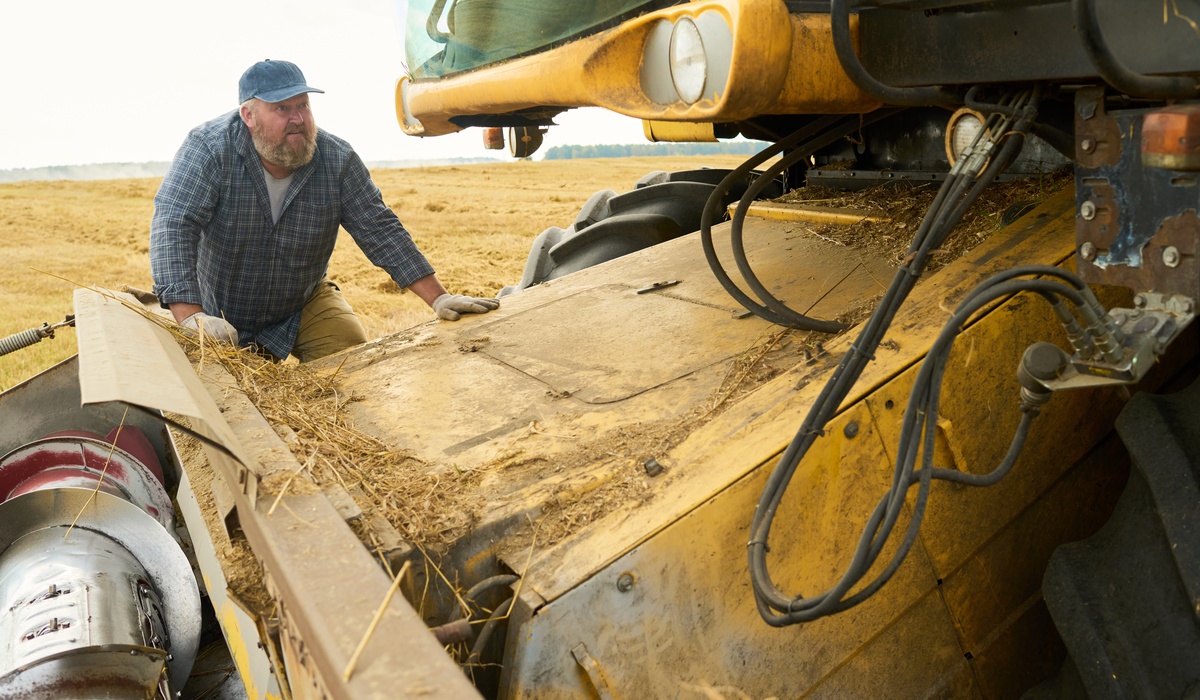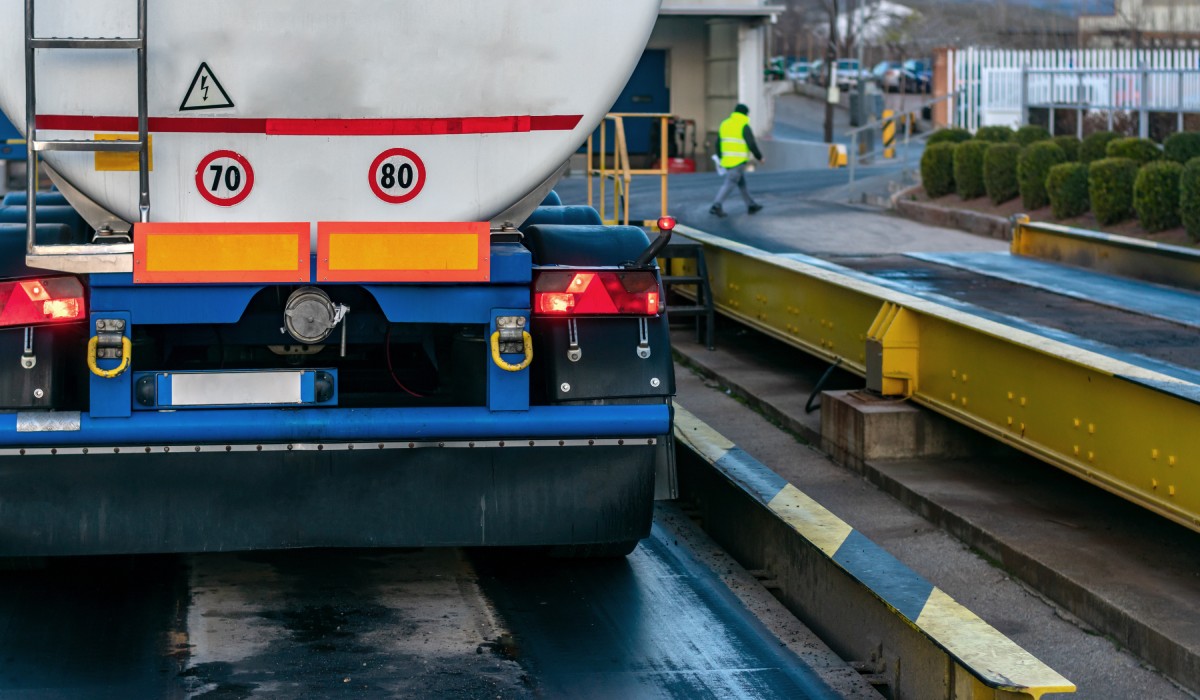Utility poles are the unsung heroes of our electrical infrastructure, but like any piece of infrastructure, they require regular maintenance to function safely and reliably. Utility pole inspections and testing are an important part of ensuring that these structures can withstand weather, age, and daily wear and tear. Without proper inspections, communities face increased risks of power outages, safety hazards, and costly emergency repairs.
Many people know what an inspection is, but what does that specifically mean for utility poles? Well, a utility pole inspection is an evaluation of a pole’s structural integrity, safety, and compliance with industry standards. The trained technicians who perform these inspections look for exterior and internal problems that can cause serious safety hazards.
Depending on the area, these inspections occur on a scheduled basis every 5-10 years. Emergency inspections may also occur after severe weather events or following reports of visible damage.
Technicians usually use a few different methods for their inspections. Starting with a visual inspection that looks at the exterior for obvious signs of damage, decay, or structural compromise. Inspectors look for cracks, splits, insect damage, and signs of rot or corrosion.
For wooden poles, inspectors use specialized tools to assess internal condition. Sound testing involves striking the pole with a hammer to detect hollow sounds that indicate decay. Bore testing uses increment borers to extract small wood samples for detailed analysis.
Some inspectors also include load tests to verify that the pole can handle the intended electrical and mechanical loads. This process helps ensure poles meet current safety standards and can support additional equipment if needed.
Inspectors look for a variety of signals that indicate damage and deterioration. Decay and rot are serious concerns for wooden poles, especially at the ground line where moisture exposure is highest.
Physical damage and foundation problems are other problems that technicians have to check for. Damage done by a vehicle hitting utility poles can have serious impacts on the reliability and structural integrity of the pole.
Detailed reports document all findings that include recommendations for repairs, replacements, or continued monitoring. These records help utility companies prioritize maintenance activities and budget for infrastructure improvements.
These inspections can have serious consequences. Downed poles create immediate safety hazards for the public and utility workers. They also disrupt electrical service, affecting homes, businesses, and critical infrastructure, such as hospitals and emergency services.
Whether you’re a utility professional or simply curious about the infrastructure around you, understanding these utility pole inspection processes helps you appreciate the careful planning and expertise required to maintain our electrical grid. The next time you see an inspector in your area, you’ll know they’re working to keep your lights on and your community safe.









